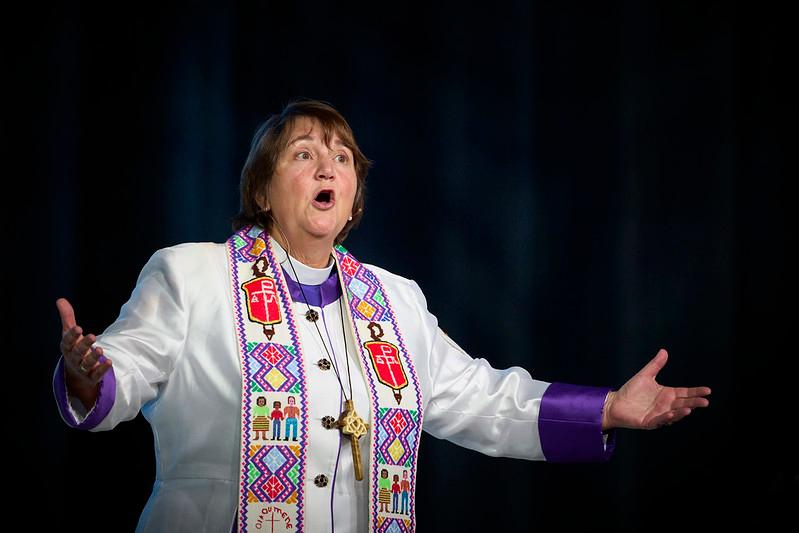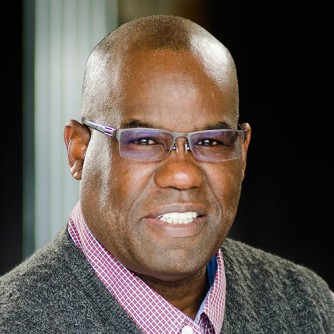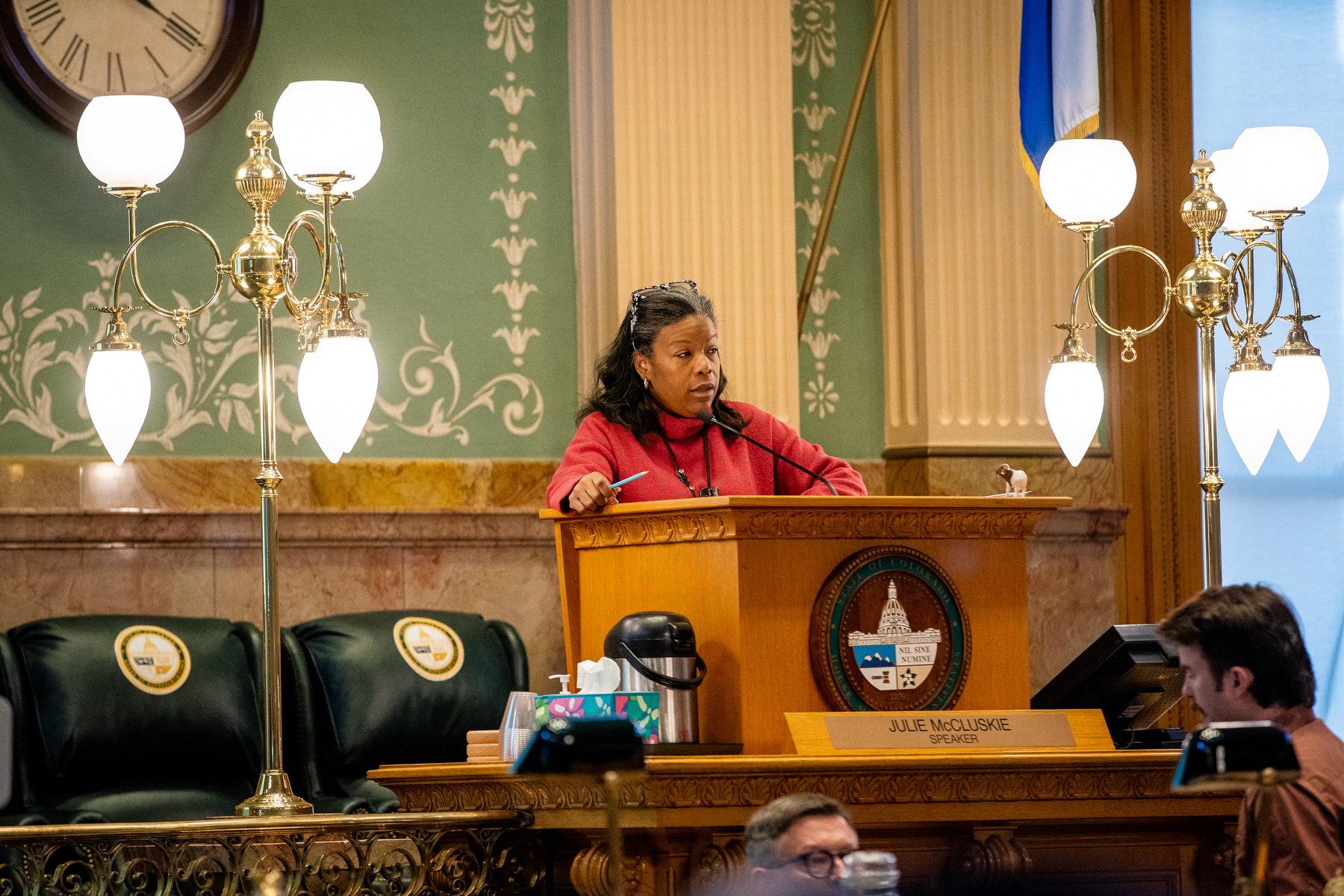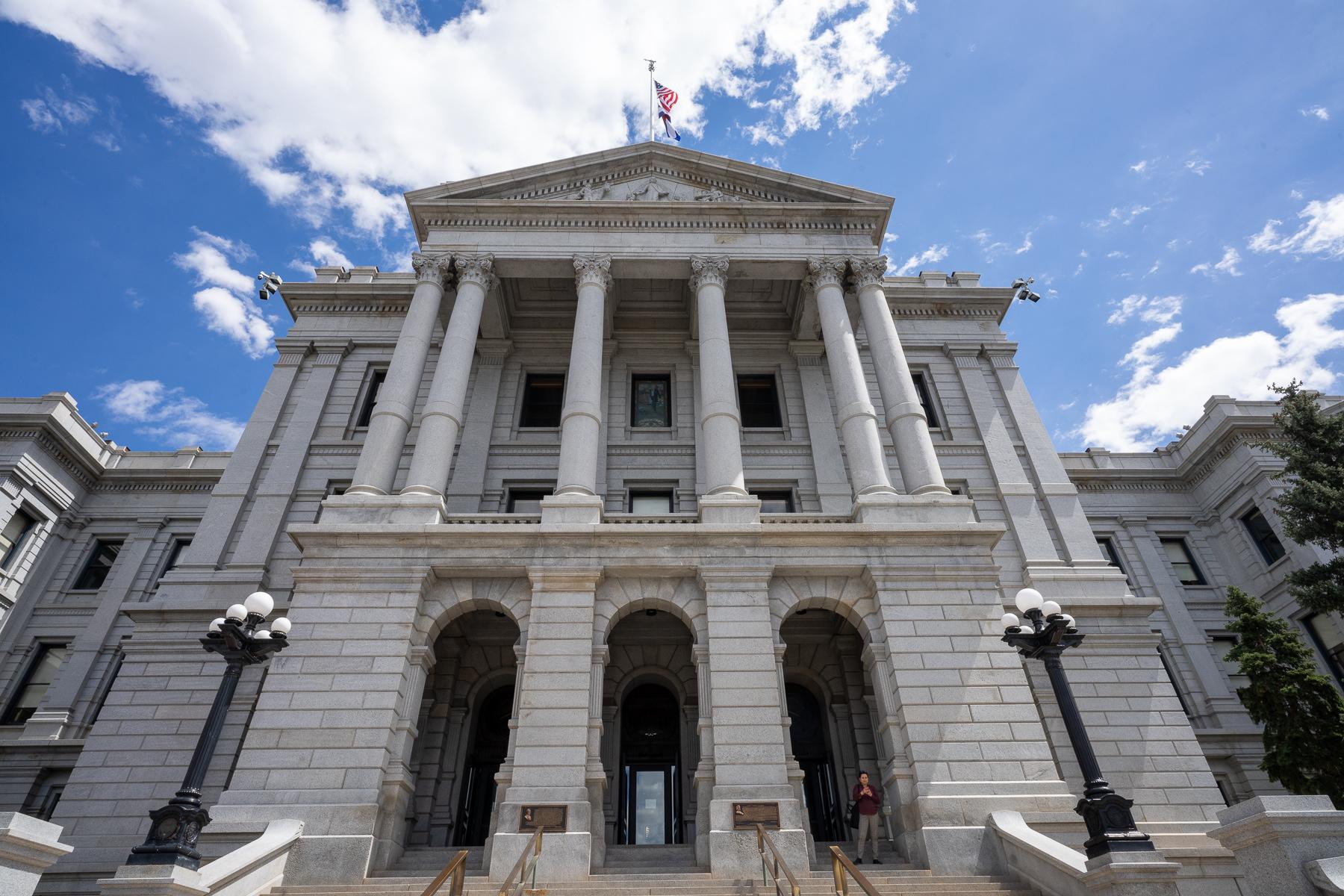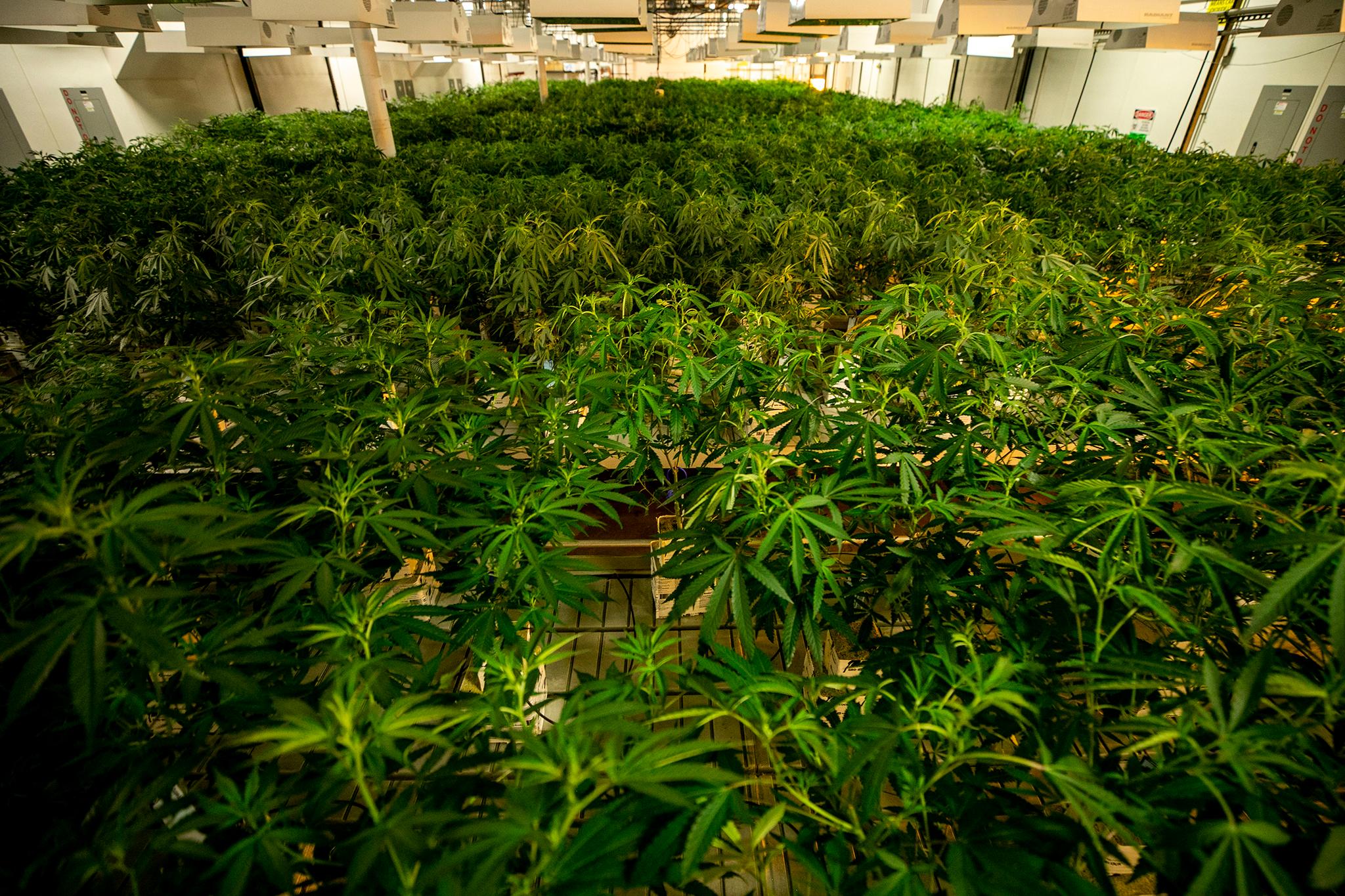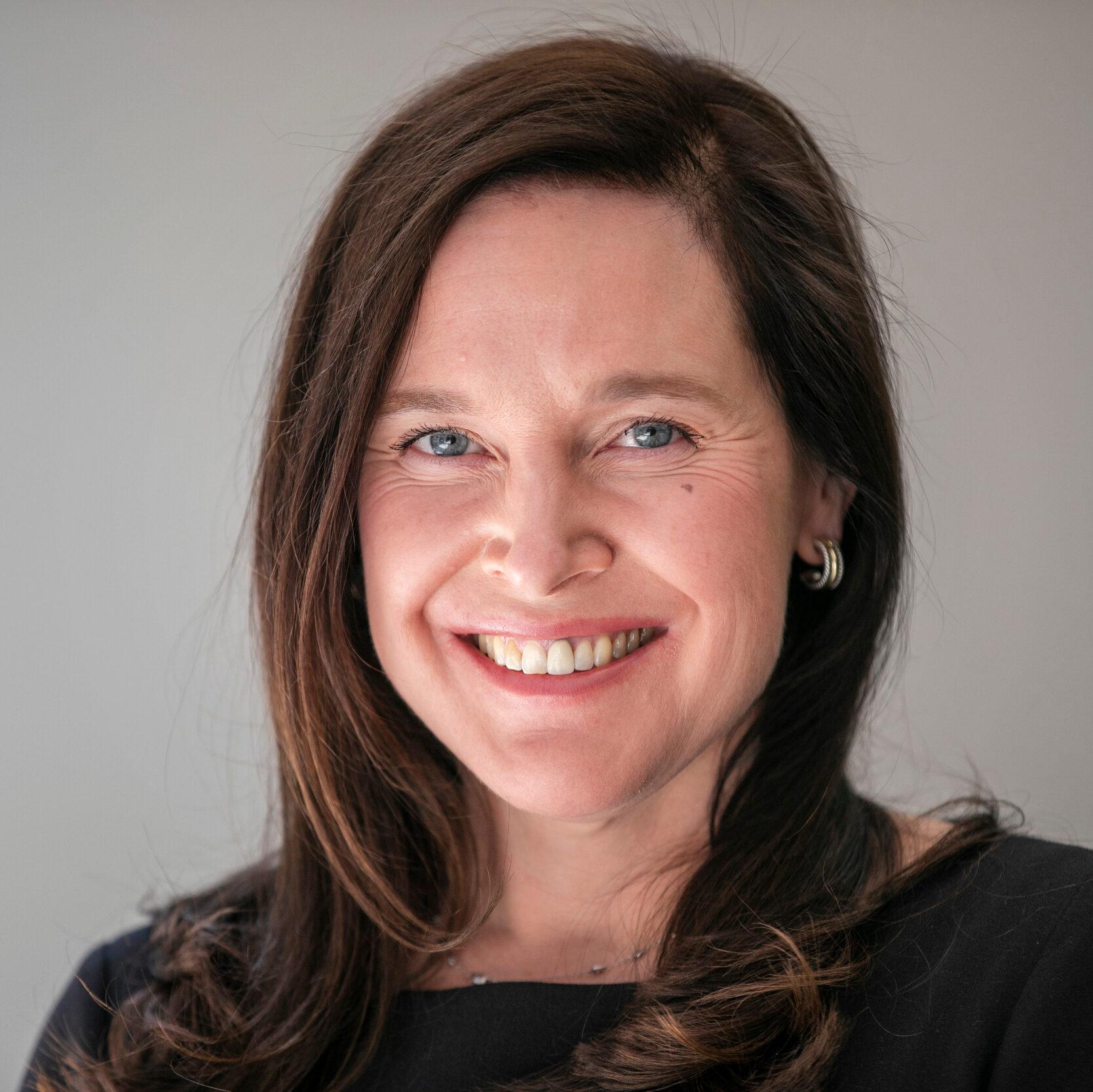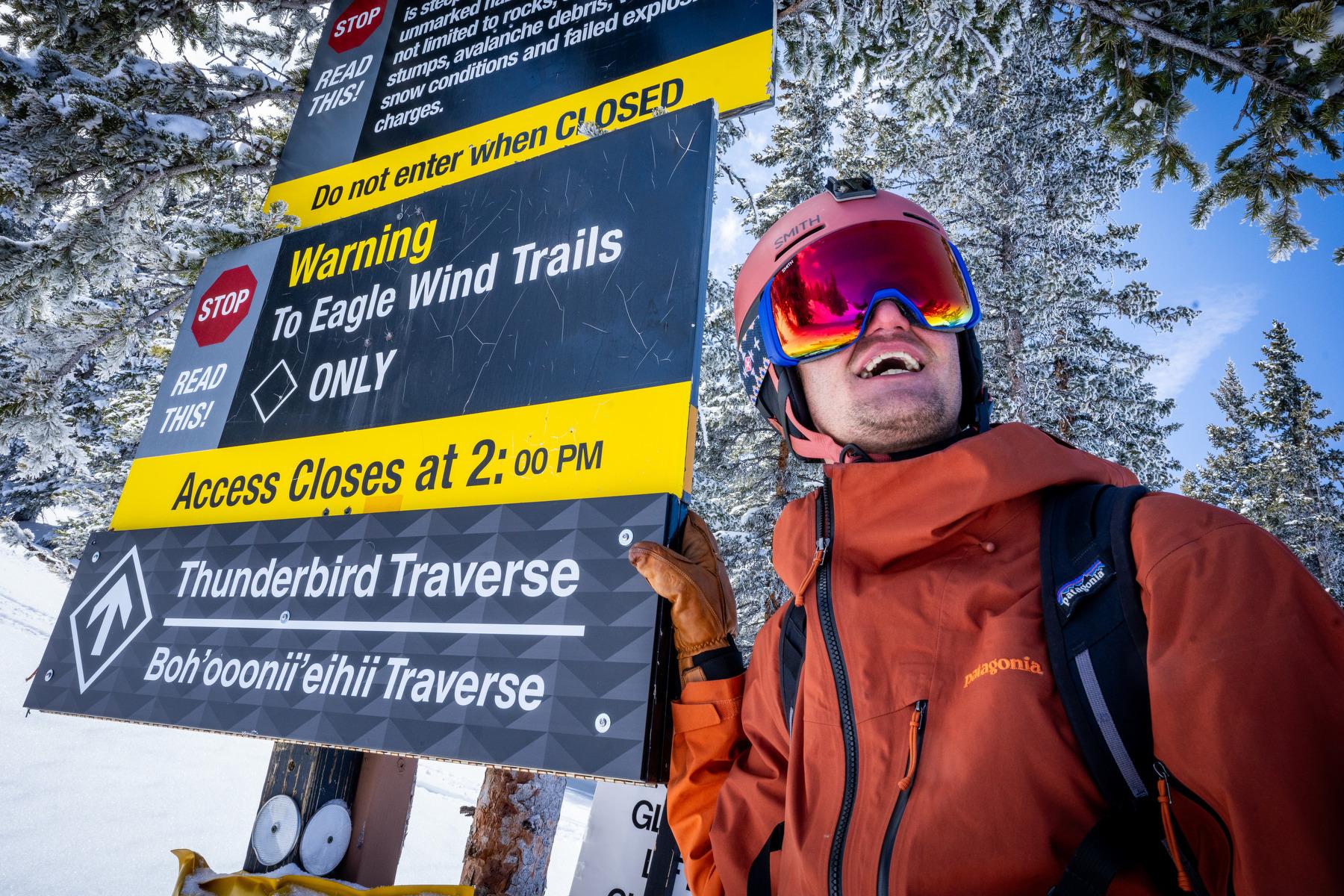
The history of Winter Park — Colorado’s longest continuously-operated ski resort — is often told starting in the 1920s. That's when people are said to have “unofficially” started hitting the slopes, or the tellings begin in the 1820s when white settlers first came here.
But the history of the mountain and the Fraser Valley at its base goes back much further: Ute, Arapaho, and Cheyenne people lived in the mountains here seasonally, and depended on the water in the Fraser River just as people living there do today. Settlers displaced the tribes to reservations in Wyoming, Oklahoma, and southwestern Colorado.
Now Winter Park Resort is in the middle of an effort to educate skiers and snowboarders about the fuller history of the area. The campaign includes new trail markers, historical plaques, and art projects, all designed in partnership with the organization Natives Outdoors.
“We're bringing it to light for all of our guests who come here, whether they're from Colorado or halfway around the globe,” said Jen Miller, a spokeswoman for Winter Park.
Connor Ryan, a professional skier and member of the Lakota Nation who works with Natives Outdoors, has been instrumental in the project.
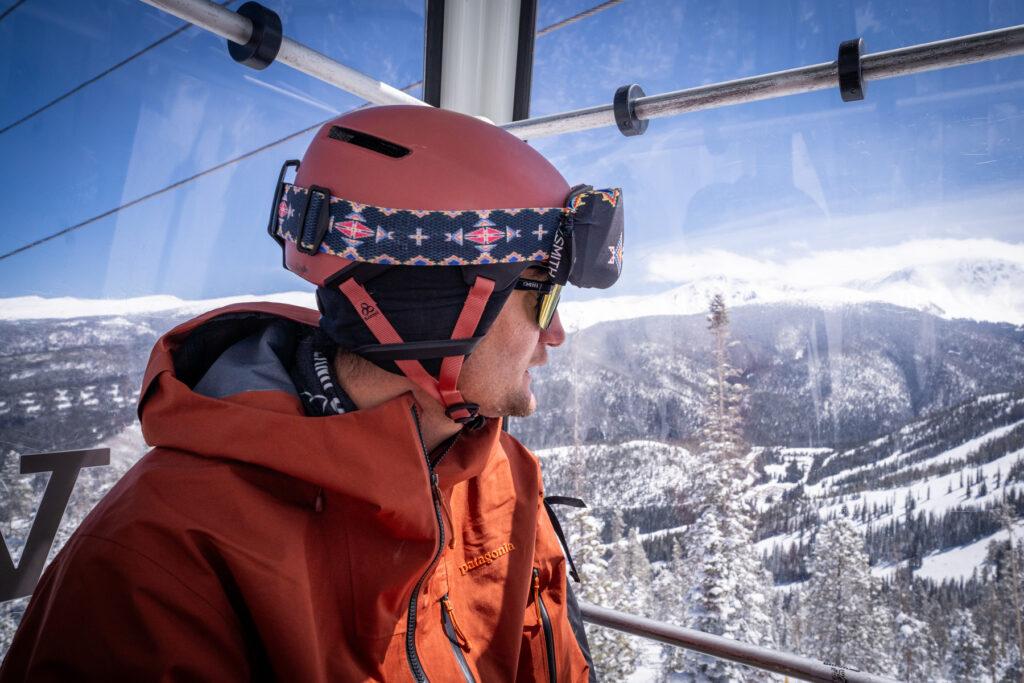
“As someone who lives here in Fraser, I feel connected to this idea that before there was skiing here, before there was a railroad or mining in these mountains, there (have) always been people here — people who walked among some of the very same trees that I ski between, that I run between in the summer; they drank from the same river that my water comes from.”
“They stewarded this place in such a way that all of us get to enjoy it now,” Ryan said.
That is true for many other ski areas and outdoor recreation hubs in Colorado, as well, he said.
“The mountains here in Colorado have been home to the Arapaho, the Cheyenne, the Ute, the Diné, the Pueblo, and probably on occasion Lakota folks like myself, Kiowa and Apache people, and so I think it's really important for us to remember that the history of these places are long and that we are still a part of the same human story in these places.”
In Winter Park, acknowledgement of the region’s ancestral residents includes trail signs on the Eagle Wind section of the ski mountain that have just been installed and will be visible to skiers and riders next season. They show trail names in both English and Arapaho. For example, one sign reads Thunderbird Traverse, and below it the word Thunderbird is translated into Arapaho as Boh’ooonii’eihii.
For the Arapaho linguist who helped translate the signs, they’re part of a broader campaign to save a language in peril
Neyooxet Greymorning is a professor of anthropology and Native American studies at the University of Montana. He estimates that when he was entering college on the Wind River Reservation in Wyoming more than four decades ago, about 2,000 people on the reservation spoke Arapaho as their first language, and another 2,000 did in Oklahoma.
“Today, in Oklahoma, there are no first-language speakers left at all,” he said. Greymorning added that in Wyoming, on the Wind River Reservation, there are probably fewer than 50 first-language speakers left, and they are all in their mid-to-late-70s or their 80s.
He teaches the Arapaho language at the University of Montana, and has developed a method to teach other languages in danger of becoming obsolete. He has used it with more than 40 communities around the globe.
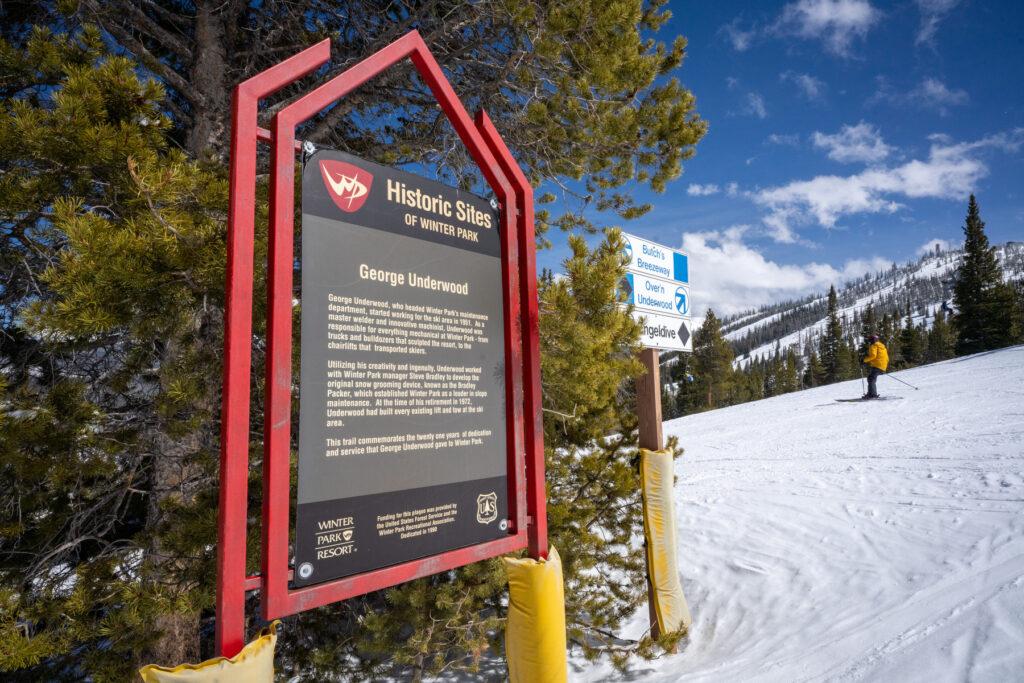
Greymorning’s efforts to preserve the language go far beyond classrooms, too, which explains why he agreed to help Winter Park translate the trail signs. He wants the Arapaho language incorporated into more everyday experiences, and he has found some success.
Thirty years ago, he convinced Disney to make the film Bambi in Arapaho. It’s available on Disney+, and Greymorning hopes Disney will participate in an anniversary celebration this fall. He has also started to try to get DreamWorks to make another animated movie, Spirit, in Arapaho.
“Kids (need) an opportunity to see their language. I've long said it has to be a multifaceted approach: You have to have signage. You have to have things in the newspaper. You have to have things in the media. It can't just be in one place. And all those things raise the exposure of language,” he said.
In his efforts to show people that there is a place for a language other than English in society, he is partly inspired by an experience he had in Hawaii, where he saw street signs translated into native Hawaiian languages.
Investments from companies like the movie studios and ski resorts need to come now, Greymorning said, because of the millions of dollars and all the effort that was spent to try to kill Native cultures in the past.
Ryan also wants to make more space for tribal members in skiing today
“Arapaho people should not be relegated just to the past of this place,” he said. “All of us as a community in Winter Park should be looking for ways that we can include them in our future here.”
Miller, from Winter Park Resort, agreed and said the resort is working with Natives Outdoors, tribes and the Ikon Pass to offer scholarships to Indigenous people. The scholarships include lift tickets, equipment, and transportation to the mountain.
When Ryan skis with kids who have never tried the sport before, his goal is to get them comfortable enough that they can ride the gondola to the top of the mountain where they can see the new art installation that is part of the education campaign.
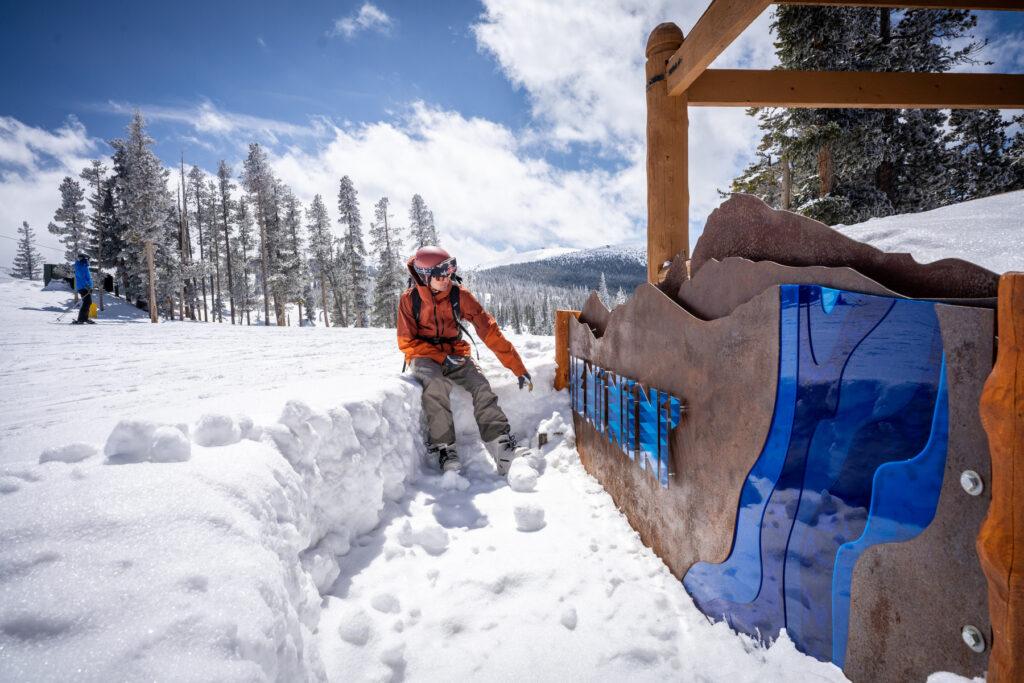
The six-foot-tall art piece features a blue pattern and images of the four most prominent peaks surrounding Winter Park: Parry Peak; Byers Peak; Mount Blue Sky; and Longs Peak, which the Arapaho call part of the Two Guides mountains. Elements of the artwork are incorporated into Winter Park’s snow stake, which is broadcast online and regularly viewed by skiers and riders.
The artwork was designed by Northern Cheyenne artist Jordan Ann Craig, who lives in New Mexico, with contributions from Southern Ute filmmaker Isaiah Branch-Boyle and Diné designer Vernan Kee and others, Ryan said.
“We wanted to bring people into understanding and embracing that the snow that falls here is more than just a powder day,” he said.
“It's something that brings ecosystems between here and the Grand Canyon and the Sea of Cortez to life, and the abundance that we experience here is experienced everywhere, especially if we're good stewards of it,” he said.
“Indigenous people have stewarded these places, and skiers should be a part of that culture of stewardship moving forward.”
In time for next ski season, Winter Park plans to update its historical plaques placed on trails around the mountain. As they exist now, the plaques overwhelmingly focus on the contributions of white men in Winter Park’s history, which Miller said leaves out the contributions of women and Indigenous communities.
“It is our history for sure, but we are adding to the signs and the signage,” she said.
“It's not a matter of changing history. We're not doing that. We're just including the part that was left out.”
Editor's note: Originally this story incorrectly described Winter Park's status as the longest continuously-operated ski resort in Colorado. Howelsen Hill was founded before Winter Park, and is the oldest ski area, but Winter Park claims the status of oldest, continuously-operated full ski resort.

